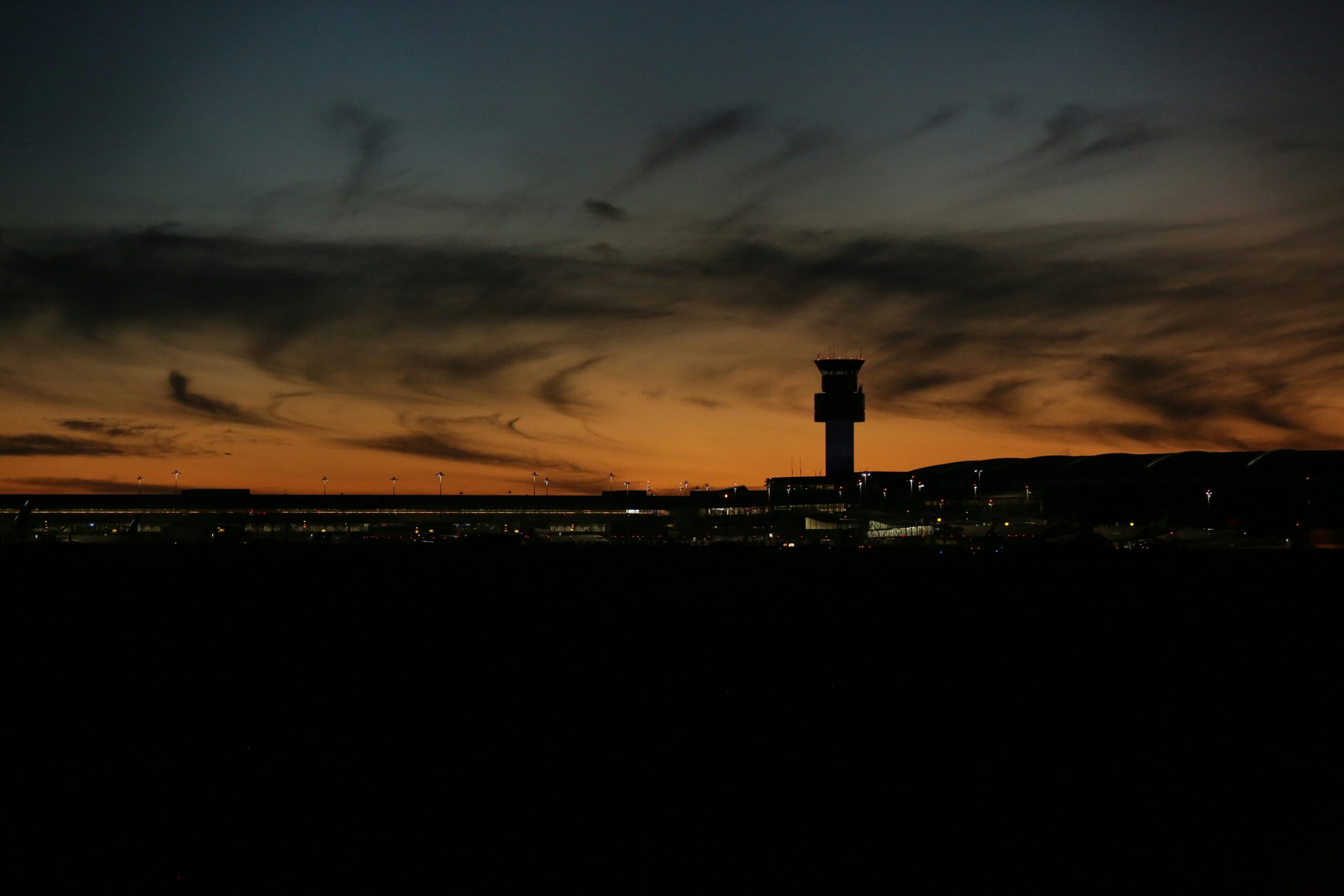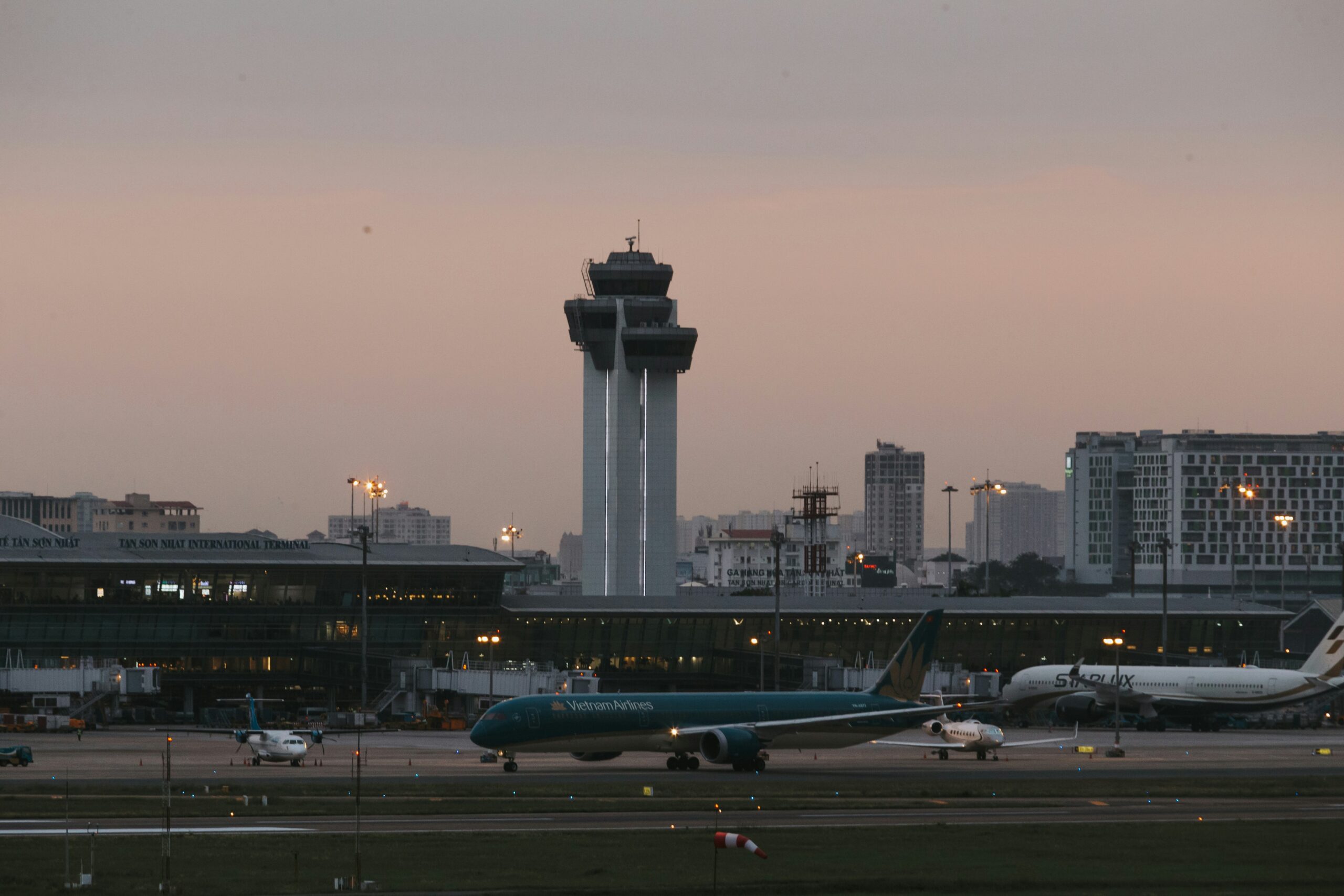Aging Infrastructure Under Scrutiny
Newark Liberty International Airport has recently suffered multiple radar and communication blackouts, including a 90-second outage on May 10, during which controllers briefly lost all visibility on approaching aircraft. According to a CNN report, systems at the Philadelphia TRACON Area C—responsible for managing Newark’s airspace—blacked out, disrupting controller-to-pilot communications.
In an interview with LaPost, retired FAA specialist Colin Scoggins emphasized that the systems still rely on floppy disks and copper wiring. “You can’t just pull the plug and swap in new tech,” Scoggins explained. “It’s layered into everything.”
Staffing Shortages and Operational Strain
The outages haven’t just strained the system—they’ve taken a human toll. During a major incident on April 28, at least five air traffic controllers took trauma leave, exacerbating existing staffing issues and prompting over 1,000 flight cancellations and delays. No such leave was reported after the most recent blackout, though delays still rippled through the day, with nearly 500 flight disruptions reported, according to FlightAware.
United Airlines, a major operator out of Newark, has announced it will trim its daily schedule by roughly 10% this summer in an effort to reduce chaos, especially as vacation travel picks up.
Federal Response and Long-Term Solutions
Transportation Secretary Sean Duffy has acknowledged the severity of the issue, telling CNN that “hundreds of times a week,” the FAA experiences “blips in connectivity”—a clear symptom of failing infrastructure. On May 9, the Department of Transportation unveiled a broad plan to overhaul the air traffic control system, though experts say the modernization effort will take years.
As reported by CNN, the overhaul includes plans to modernize telecom systems and improve controller training, but the timeline remains indefinite.

Traveler Implications
For travelers, the implications are immediate and frustrating. Weather delays, staffing constraints, and unreliable radar all combine to make Newark one of the most disrupted hubs in the country. The FAA has flagged Newark in its daily operations plan due to “staffing constraints” and ongoing runway construction.
Passengers should brace for continued delays and diversions—especially during peak travel periods—and consider using alternate airports if possible.




